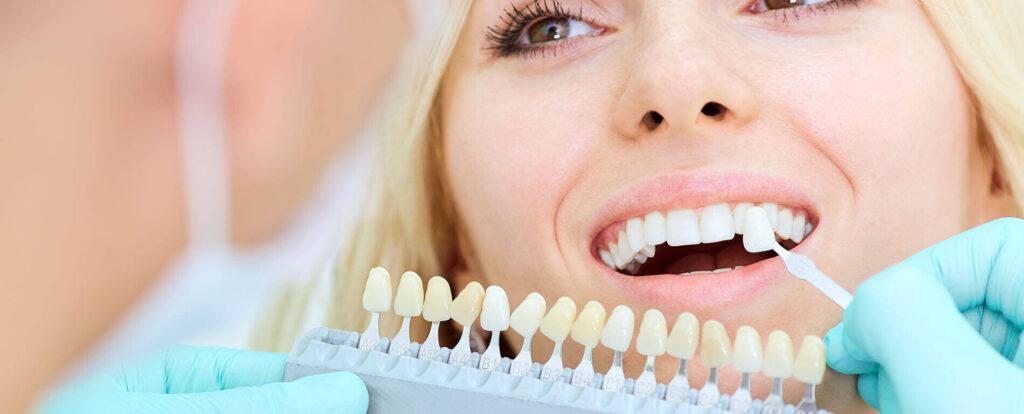Custom Retainers
Affordable Dentist Kent WA

Your orthodontist will give you a retainer once your orthodontic treatment is complete so you can maintain the results. It “retains” the motions made possible by your braces or Invisalign therapy, which is why it is called a “retainer”!
Every orthodontic treatment consists of three parts:
- Diagnostic: The orthodontist examines your teeth and bite, takes x-rays and photographs, and talks with you about your dental history. The orthodontist uses this information to develop a thorough diagnostic of your condition and develop a customized treatment strategy to produce the desired outcomes.
- Treatment: Your teeth are gently guided into their proper places by an orthodontist using an orthodontic device, such as braces or transparent aligners, while being closely watched as each tooth moves. Additional intervention, like as a tooth extraction, can be required throughout the therapeutic period.
- Retention: Your orthodontist will give you a retainer device once treatment is over so you can maintain the effects of the procedure. The most crucial aspect of care is really retention since, without it, whatever progress made throughout therapy will be lost.

What is a teeth retainer?
After receiving orthodontic treatment, a retainer is a device worn to safeguard the cure. The purpose of retainers, which come in a variety of designs, is to “retain” the effects of treatment and stop teeth from moving out of alignment. Since it maintains your smile in place and your teeth healthy, a retainer is regarded as one of the most crucial elements of your treatment. To safeguard the investment you’ve made in your smile through orthodontic treatment, be sure to adhere to the directions for any retainer treatment your orthodontist suggests!
Permanent Retainers
A permanent retainer joins the front teeth so they won’t move, but it isn’t actually “permanent”; rather, it is bonded (glued) to your teeth on the rear (where your tongue touches them). Your orthodontist can put it or take it out for you.
The permanent retainer often consists of a thin wire that is connected to the rear of your upper teeth and/or bottom teeth (depending on the specifics of your treatment). For this reason, lingual wire is another term for a permanent retainer. The permanent retainer preserves the effects of your orthodontic treatment without interfering with your new smile because the wire is concealed on the back of your teeth.
Permanent retainers can be taken out whenever necessary because they are not truly permanent. Permanent retainers are routinely used for many years by people without causing any harm to their smile, health, or comfort.
Pros and Cons of Permanent Retainers
A permanent retainer has a lot of appealing qualities:
- There is no need to remove and reinstall.
- Invisible to others
- Speech is not affected
- Cannot get lost
- Cleans up easily and resists harm
- Maintainable and keeps your teeth in place permanently
In some circumstances, a detachable retainer is utilized in addition to a permanent bonded retainer for added security. Some patients prefer a removable retainer because it can be cleaned completely while it is out of the mouth. This may be preferable than cleaning the lingual wire inside the mouth for some people. A lingual wire permanent retainer may make flossing more challenging for some patients, while others may simply appreciate the ability to completely remove the appliance from their mouth.
A permanent retainer may also have the following drawbacks:
- Possibility of breaking/falling off and need for replacement
- Some sticky or hard meals may become caught in the mouth and cause irritation from metal objects.
- Cleaning retainer and flossing beneath wire takes more time
- Possibility of plaque development
Permanent Retainer Care
Permanent retainers are easy to maintain, however daily oral hygiene is necessary to keep your teeth clean. Twice daily, for two minutes each, brush your teeth. Every night before going to bed, floss. It is significantly simpler to floss under the lingual wire of your permanent retainer when using a floss threader.
Visit the dentist regularly for cleanings and exams. Dental hygienists and dentists are experienced in cleaning around braces and other fixed retainers, so it won’t affect how your teeth are cleaned.

